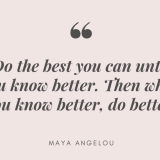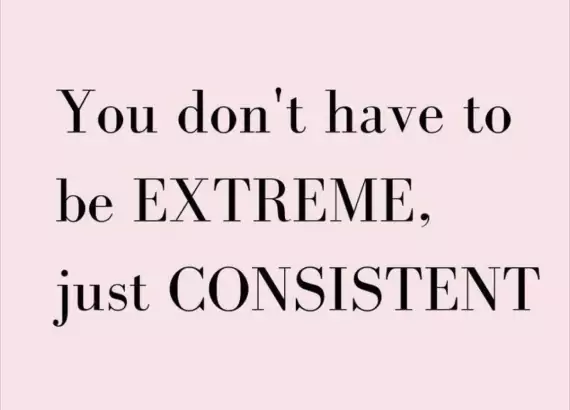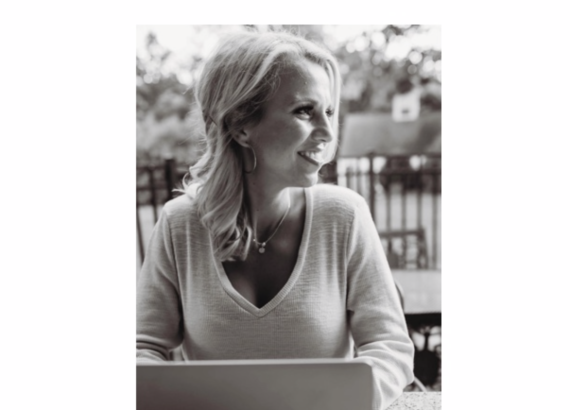Over the past couple of weeks, a couple of people have asked me, “Should I be updating my resume? Should I spruce up my Linkedin?”
My answer, obviously, is “Yes!”
You have to remember I am a recruiter, so I think you should always be updating your resume and LinkedIn, but especially right now. The pandemic has caused so much change and uncertainty, that it’s good to always be prepared and ahead of the curve. Keeping a sharp and updated profile will help you get to the top of the search criteria when employers are looking to hire again.
Even if you aren’t looking and are very happy in your current role it’s important because there might be something even better out there for you. You don’t know what you don’t know, and the next perfect opportunity can stumble at any time onto our doorstep. Keeping an updated profile will make sure they can find you when they are ready.
When recruiters, hiring managers, and executive management start looking for top talent they WILL be looking at your LinkedIn. Think of your profile as your “first impression”, or “introduction” to any potential hiring manager. For many people, it is their first time looking at you and your professional background. You want to make sure you give them a GREAT first impression. =]
Here are 4 major things you want to update on your LinkedIn and my suggestions on how to update it. For these suggestions, remember, they are just suggestions. You should be doing what you think will be best for you, to make you look attractive to a potential employer.
- New picture and headline.
Your picture and your headline in your LinkedIn are the first things that someone sees on your profile so they should be clean-cut and pointed. Your headline is used as a keyword for search engines when they are looking for specific backgrounds. Try to shoot for the shortest, most concise, but descriptive way to describe your position. For example, I love “Enterprise Account Executive” as a headline title when you are an enterprise seller. I know you are selling to the Enterprise, and I know you are most likely hunting net new logos because that’s what Account Executives typically do. Short, simple, and easy to identify.
Your profile picture is the first time they see you “in-person”. For this, I highly recommend getting an updated and somewhat professional picture of you on LinkedIn. The “professional picture” is also an interesting topic because so many industries have become so much more casual, that a picture of you in a suit and tie is no longer a must-have.
My suggestion would be to know your audience. Look at other people in your industry in your type of position and see what types of pictures they are putting up as their LinkedIn profile pictures. Are they professional headshots? Is it a cropped picture from a birthday party? Or a picture of them and their family? I think you are always safe with a cropped picture from a wedding. Whether you were at the wedding or you were an attendee, you were likely dressed up in your “Sunday best” and you look very good. =]
- Update jobs, job descriptions, awards, and achievements.
Once a hiring manager looks at your picture and title, they are going to scroll down to the meat of your profile. Think of the jobs section of your LinkedIn profile as the “Body Paragraph” of an essay.
This is where hiring managers should easily be able to find the details of your background. Where you have worked, how long were you in each position, what you did in the role, and what you accomplished.
I personally love it when this is all written out in bullet formats. It’s easy on the eyes, and people are more likely to read them all. You don’t need to get lengthy here, just a quick overview of what your role and responsibilities were at each company. If you can, try to summarize it into 4-5 bullet points.
When thinking about awards and achievements, this doesn’t have to be an actual award you hit, but maybe you describe initiatives your teams had and what your contributions to those initiatives were. Add anything that could help a potential employer see and understand exactly what your role was, and your contribution to that position.
- Add in a bio.
I wouldn’t necessarily say this is a “must-have”, but I do think that it is a “nice to have”. I don’t really love to read cover letters when I get them, because it’s too wordy and takes too long. I find out a lot about who you are and what you are looking for by having that conversation with you live. I get a lot more out of it that way.
The bio is a “nice to have” because it gives a little bit of a personal touch for those looking at your profile to see who you are and what your goals are in your own words. It’s not just a job description and achievement breakout.
I always think the simpler the better. Just write out a quick description of what you do, how you got good at what you do, then a personal note about yourself so people can get to know YOU not just what you do.
I saw this blog and thought they gave great advice on 10 different examples of how to go about doing this.
- Skills, endorsements, and recommendations.
Of the skills, endorsements, and recommendations parts of a candidate’s LinkedIn profile, I am paying attention to their recommendations page. Skills and endorsements are definitely important for more technical roles. For example, if someone endorses you for knowing Python or R scripting, then I know you know it and it’s not something you just added to your profile because the job description asked for it.
With that being said, I put more weight into the recommendations section. Recommendations on your LinkedIn is like a reference call that every employer has to make. A recommendation is often given by someone that you used to work with. In it, the person should describe what it was like to work with you, and then suggest why someone else should also work with you in the future. Which in essence is exactly what a reference call gives at the end of the interview. Now I am not saying that if you have recommendations you won’t need to give references, you absolutely will. But it does show what it was like to work with you, which is a great bonus.
My suggestion would be to reach out to clients, managers, or colleagues that you think would be able to speak well to your previous work efforts and ask them to give you a recommendation. It’s super simple and definitely worth the ask.
Updating your LinkedIn and giving it a facelift is never on the top of our to-do list. It’s actually most likely the last thing that you want to do. But the 10-30 minutes that it will take to update your profile could open doors for an amazing new opportunity you never knew existed.
LinkedIn is the #1 way hiring managers and recruiters find people for a position they are working on. You want to be ready for them, and having your LinkedIn updated will make sure that you are!
This is your life, your career. It is what you make of it, so take the next 10-20 minutes, update your profile, and be on your merry way. =]







